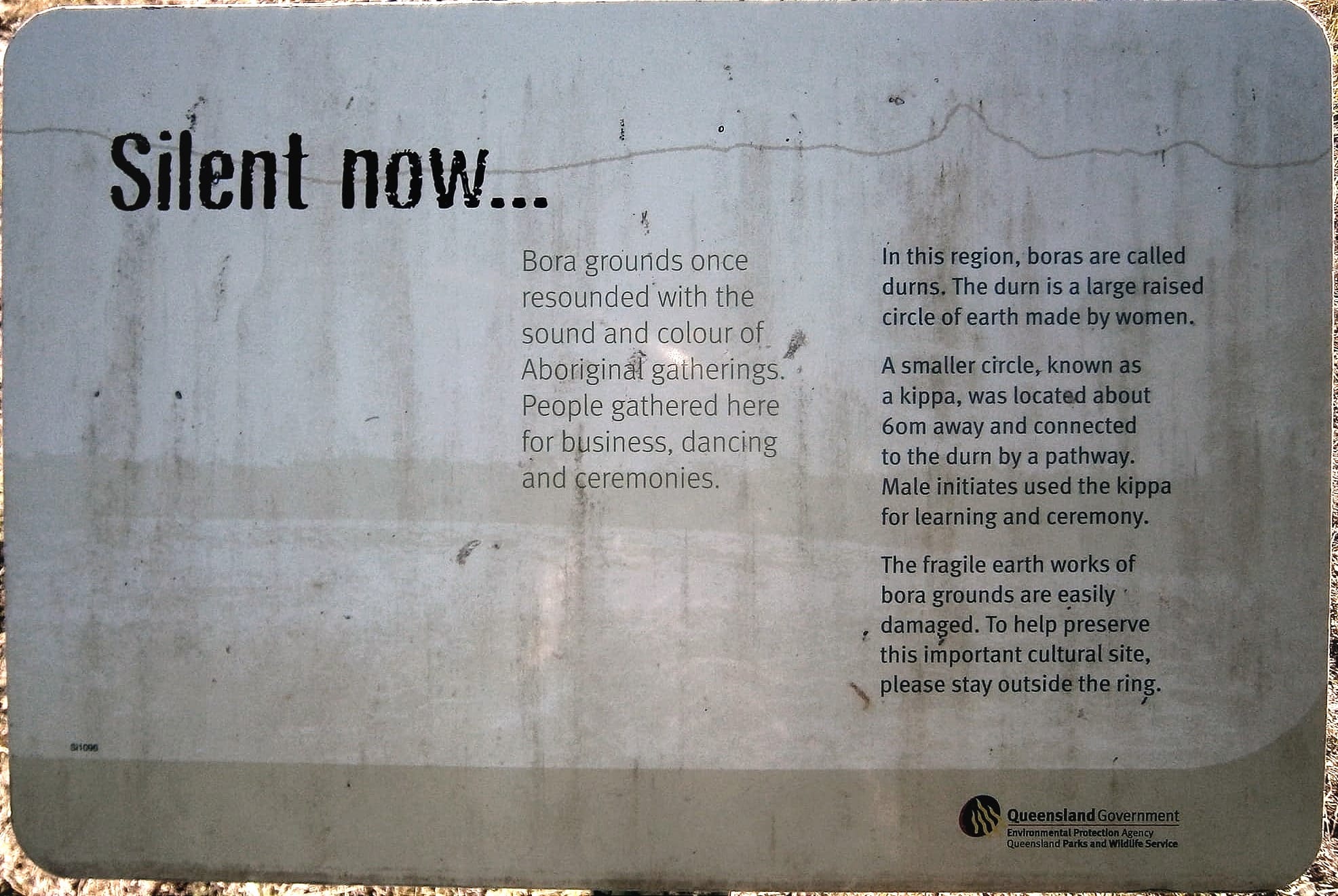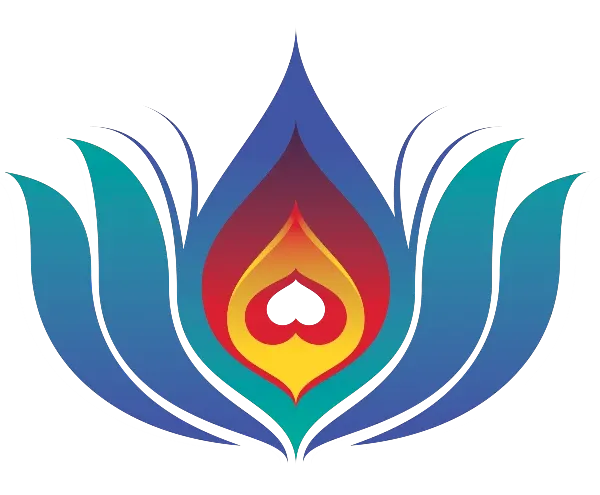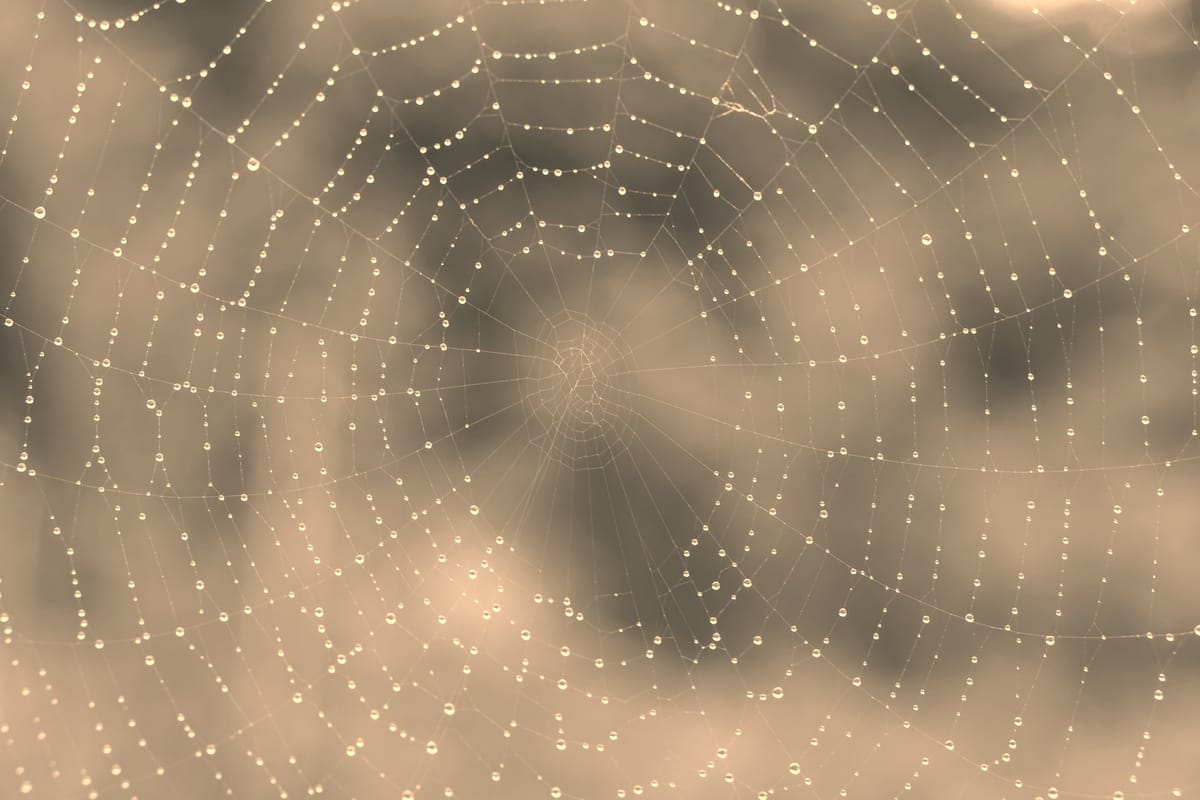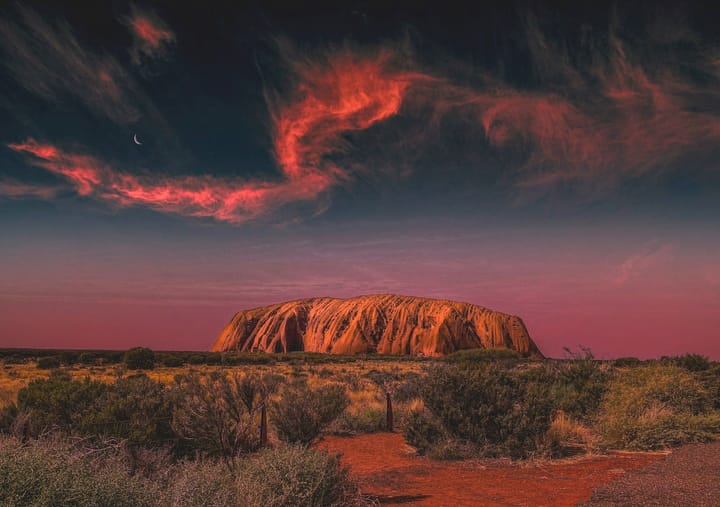Discover Unknown Links Between Aboriginal and Hindu Traditions.
This is a personal exploration of two ancient civilizations, separated by oceans but connected through sacred practices - revealing patterns that challenge our understanding of human spiritual development.
Introduction: Two Worlds, One Journey
Oceans apart, yet spiritually connected - this is the story of two ancient civilizations that have preserved their wisdom across millennia. When most people think of India and Australia, their minds jump to cricket matches, the Sydney Opera House, or Bollywood's vibrant culture. Yet beneath these modern associations lie deeper, more profound connections that span tens of thousands of years.
As someone born in Bharat (India) and now living in Australia, I've spent two decades observing remarkable parallels between Aboriginal Australian traditions and Hindu practices. These connections challenge our understanding of how ancient cultures developed and preserved their spiritual knowledge. The Aboriginal peoples have maintained their traditions for over 65,000 years, surviving ice ages and shifting continents, while Hindu traditions represent one of the world's oldest continuous spiritual and cultural systems.
The Land Speaks: Sacred Geography
At the heart of the Australian continent rises Uluru - a massive red sandstone monolith reaching 348 meters into the desert sky. To call it merely a rock formation would be to miss its profound spiritual significance, much like reducing the sacred Ganges to just another river.
In Hindu tradition, the river Ganga flows through Shiva's matted locks, becoming Maa Ganga - mother of a civilization. The river carries not just water, but the spiritual essence of an entire culture. Similarly, for the Anangu people, Uluru stands as a living library of sacred knowledge. Every groove, cave, and waterhole carries stories from the Dreamtime - not just tales, but laws, science, and history preserved in stone.

Both traditions share a fundamental understanding: the land isn't a resource to be exploited but a living entity that holds sacred wisdom. In Bharat, tirth kshetras (sacred places) dot the landscape, each with its own stala purana (sacred site stories) that explain its spiritual significance. The Aboriginal people maintain similar connections with their lands, viewing every mountain, river, and rock formation as part of an interconnected spiritual narrative.
Walking the Sacred Path
Perhaps the most striking parallel emerges in how both cultures honour their sacred sites. In Hindu tradition, we perform pradakshina - clockwise circumambulation around temples and holy places. The word itself means "to the right" in Sanskrit, reflecting an ancient practice of reverence that connects the physical act of walking with spiritual transformation.
Consider the Girnar Parikrama, a 36-kilometer pilgrimage around the sacred Girnar mountain in Gujarat or the Narmada Parikrama circumambulating the entire length of the Narmada River! A 3,000 kilometer journey on foot that typically takes about 3 years to complete, offering devotees a profound opportunity for self-discovery and spiritual growth!

Remarkably, the Anangu people share this tradition, conducting ceremonial walks around specific parts of Uluru. Each path holds distinct teachings, songs, and responsibilities. So sacred is this practice that in 2019, visitors were banned from climbing Uluru, returning the site to its proper spiritual status. This shared practice of circular movement around sacred sites suggests a deeper understanding of spiritual geometry that transcends geographical boundaries.
Time Beyond Time
The Aboriginal concept of Dreamtime reveals another profound connection. Unlike linear Western time, Dreamtime exists in an eternal present where past, present, and future coexist. This complex understanding sees creation not as a historical event but as an ongoing process that continues to shape reality.

This mirrors Hindu understanding of cyclical time and creation, where deities maintain constant states of creation, preservation, and transformation. Both traditions recognise multiple dimensions of reality, where sacred stories and beings exist in a timeless realm while simultaneously influencing the physical world.
The Power of Spoken Truth
Both traditions chose sound over script to preserve their most sacred knowledge. At bora rings - sacred Aboriginal sites used for initiation ceremonies - young people once learned their culture through song and dance. These rings consisted of two circular areas connected by a sacred pathway, where knowledge passed from generation to generation.
The larger circle, typically 20-30 meters in diameter, served as a public space, while a smaller 10-15 meter circle was reserved for sacred ceremonies and initiations. Here, young boys aged 12-15 would transition into manhood, learning sacred songs, stories, and traditional lore. Today, many bora rings stand silent, bearing a simple sign: "Silent now." This silence speaks volumes about colonialism's impact on ancient wisdom.

A Tale of Two Fates
Yet here lies the critical difference in these parallel stories. While Aboriginal culture faced severe disruption during 200 years of colonization, Hindu traditions maintained their continuity through the guru-shishya parampara (teacher-student tradition). This unbroken lineage of knowledge transmission has preserved ancient wisdom despite numerous invasions and colonial rule.
As an Sanskrit verse reminds us:
न चोरहार्यं न च राजहार्यं न भ्रातृभाज्यं न च भारकारि ।
व्यये कृते वर्धत एव नित्यं विद्याधनं सर्वधनप्रधानम् ॥
"Knowledge cannot be stolen, seized, divided, nor is a burden to carry. The more it's shared, the more it grows - truly the greatest wealth of all."

Looking Forward: Preserving Ancient Wisdom
These connections between Aboriginal and Hindu traditions reveal more than just historical curiosities. They speak to humanity's shared capacity for preserving wisdom through millennia. While some traditions have been silenced, others endure, offering hope for cultural revival and understanding.
The challenge now lies in reconnecting with these ancient lineages while we still can. In their preservation lies not just historical knowledge, but wisdom that might guide us toward a more harmonious future. As we face global challenges that demand both scientific innovation and spiritual wisdom, these ancient traditions offer valuable perspectives on maintaining balance between human development and sacred natural systems.
Sources:
- Gold Coast Hindu. (2021). Common Aspects of Australian Aboriginal and Hindu Spirituality.
- Swarajya. (n.d.). More Than Just Genes: The Strikingly Deep Australian-Indic Connection.
- Racism. No Way! (n.d.). Australia's diversity of religion and spiritual beliefs.
- Berndt, R. M., & Berndt, C. H. (1988). The World of the First Australians: Aboriginal Traditional Life: Past and Present. Aboriginal Studies Press.
- Flood, G. (1996). An Introduction to Hinduism. Cambridge University Press.
- Michaels, A. (2004). Hinduism: Past and Present. Princeton University Press.
- Muecke, S. (2004). Ancient & Modern: Time, Culture and Indigenous Philosophy. UNSW Press.
- Charlesworth, M., Dussart, F., & Morphy, H. (2005). Aboriginal Religions in Australia: An Anthology of Recent Writings. Ashgate Publishing.
- Flood, G. (1996). An Introduction to Hinduism. Cambridge University Press.
- Maddock, K. (1982). The Australian Aborigines: A Portrait of Their Society. Penguin Books.
- Nath, V. (2009). Puranic Encyclopedia: A Comprehensive Dictionary with Special Reference to the Epic and Puranic Literature. Motilal Banarsidass Publishers.





Comments ()